Casimir Pulaski: Cavalry General and Intersex Hero
Pulaski—and his contemporaries, for that matter—may not have known that he was different. He was baptized as a boy and presents as a man in portraits, with facial hair and a slightly receding hairline. According to Estabrook, there is “a lot of individual variation in how these conditions manifest in any person.” Intersex individuals may be born with ambiguous genitalia, but the condition also has less obvious variations; people who are intersex can, for instance, appear male or female, but have internal organs or hormones that “don’t match” their apparent sex.
An estimated 1.7 percent of the population is intersex. But in spite of the condition’s relative prevalence, little is known about how being intersex impacts skeletal development, as the confusion over Pulaski’s remains makes clear. “This just has not been of interest, at least as far as clinicians are concerned,” Estabrook says. “From an anthropological perspective, we don’t know what intersex looks like. We need to maybe start trying to figure out what intersex looks like and start putting that into our formula of how we interpret [skeletal remains].”
In many respects, revelations about Pulaski’s probable intersex condition have little bearing on his legacy as a war hero. “Pulaski is Pulaski is Pulaski,” Estabrook says. “What he did, his accomplishments don’t change.”
“But,” she adds, “the importance of his story does.”
In light of the new evidence, Pulaski can be seen as a valiant representative of a group that has largely been erased from the historical record—not only through omission, but also through deliberate attempts to shoehorn intersex individuals into one gender or another, sometimes with surgeries that have been deemed unnecessary and damaging.
It makes Pulaski’s defining participation in America’s fight for independence take on another level of significance. “Intersex people were there,” Estabrook says. “They can be part of that story too.”
Source: Smithsonian Magazine

